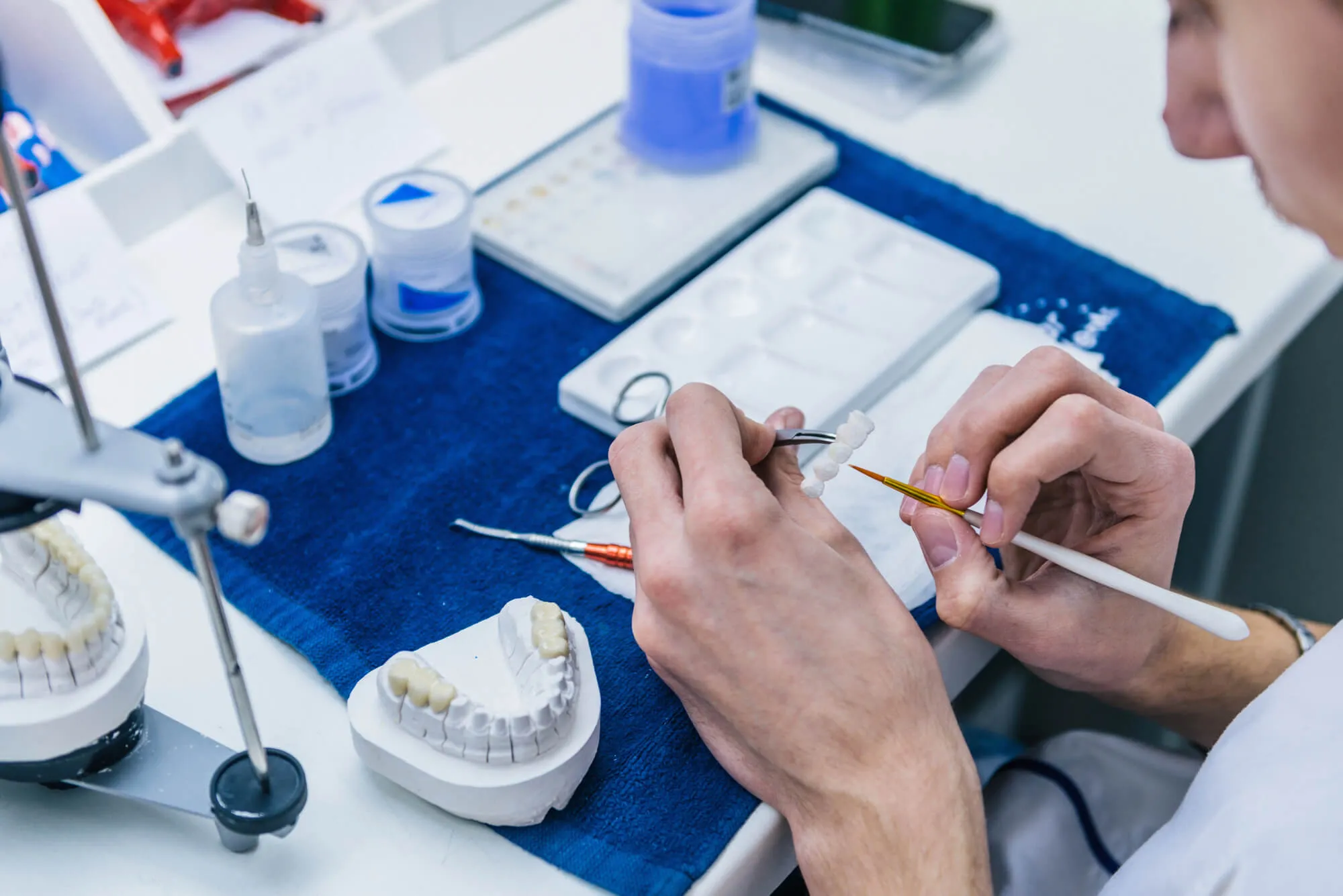.webp)
Getting a dental bridge is an exciting step, but the first week can feel unfamiliar and raise plenty of questions. You may notice changes in how your tongue rests, how food feels when you chew, or even how you pronounce certain words. Some mild soreness is normal, but it usually eases day by day. Understanding what’s typical can make the adjustment easier.
Dental bridges in Candler, NC, are designed to bring back comfort and stability, helping you settle into everyday life with a renewed smile.

Adjusting to Your New Dental Bridge
As you settle into the first week, expect gradual shifts in comfort. Small changes each day will lead to a smoother experience.
Mild Soreness and Sensitivity
Tenderness around the gums or adjacent teeth is common as your mouth adapts. Soft foods help. Over-the-counter pain relief and warm salt-water rinses bring relief. This sensitivity usually improves within a few days, though everyone heals at a slightly different pace.
Some people also notice mild changes in temperature sensitivity, which often settle as the bridge stabilizes. During this time, keeping up with gentle oral care supports healing and helps your mouth adjust more comfortably.
Eating with a Bridge
Your bite may feel a little different at first, but it usually improves quickly. Start with soft foods such as yogurt, oatmeal, scrambled eggs, or cooked vegetables. As chewing becomes more comfortable, you can gradually add firmer foods. It’s best to avoid sticky or hard foods during the first week to prevent extra strain.
Speech Adjustments
Certain sounds might feel off briefly. Your tongue needs time to adapt to the bridge’s shape. Reading aloud or repeating phrases can help your speech feel natural sooner. Some people also find it helpful to practice conversations with family or friends. Within a week or two, most speech changes fade, and many feel more confident speaking in public or at work.
Cleaning Around Your Bridge
Careful hygiene makes all the difference. Brush twice daily, floss around the bridge using a threader or special floss, and rinse with an antibacterial mouthwash. Ask your dentist for handy tools to simplify cleaning.
Water flossers can also make it easier to reach underneath the bridge and flush out trapped food particles. Developing a consistent routine early on will protect both your bridge and the teeth supporting it.
Why Patience Pays Off
Your first week is about adapting, not perfect function. Every day usually brings noticeable improvement. By day seven, many feel confident eating, speaking, and caring for the bridge almost as naturally as before.
When to Contact Your Dentist
A bit of discomfort is expected, but sharp or lingering pain is not. If soreness doesn’t ease or the bridge feels loose, reach out right away. Addressing issues early supports smoother adaptation.

Interested in Dental Bridges in Candler, NC?
Things will feel much more settled by the end of your first week. Your smile begins to feel whole again, with less awareness of the bridge and more focus on everyday life. The adjustment period is a learning curve, but each day builds comfort, function, and confidence. Eating, speaking, and caring for your teeth will start to feel natural again, and your bridge will become a part of your daily routine.
At Cataloochee Dental Group, our goal is more than restoring your smile; it’s about restoring your peace of mind. We offer caring, community-centered dentistry and team support as you adjust. Reach out today to schedule a consultation, and let us help you smile again with comfort and confidence.

